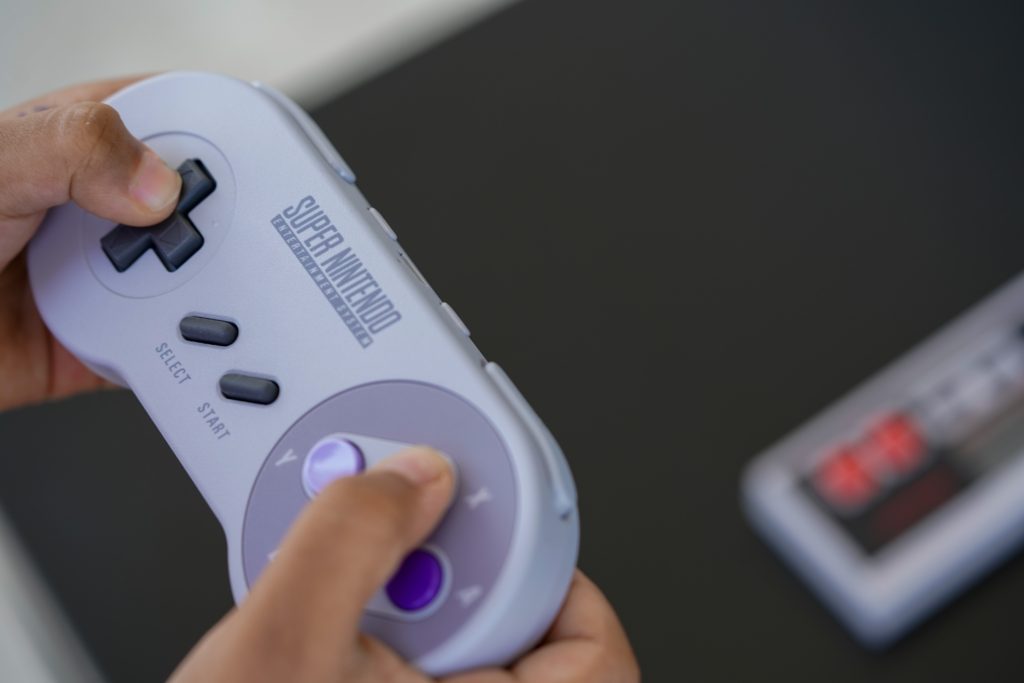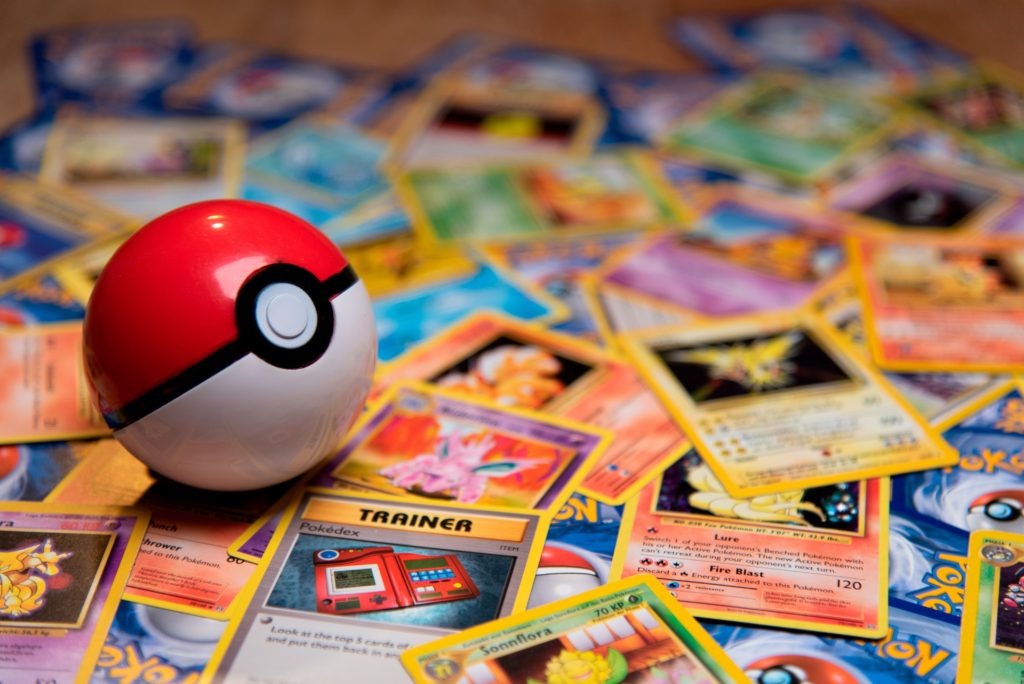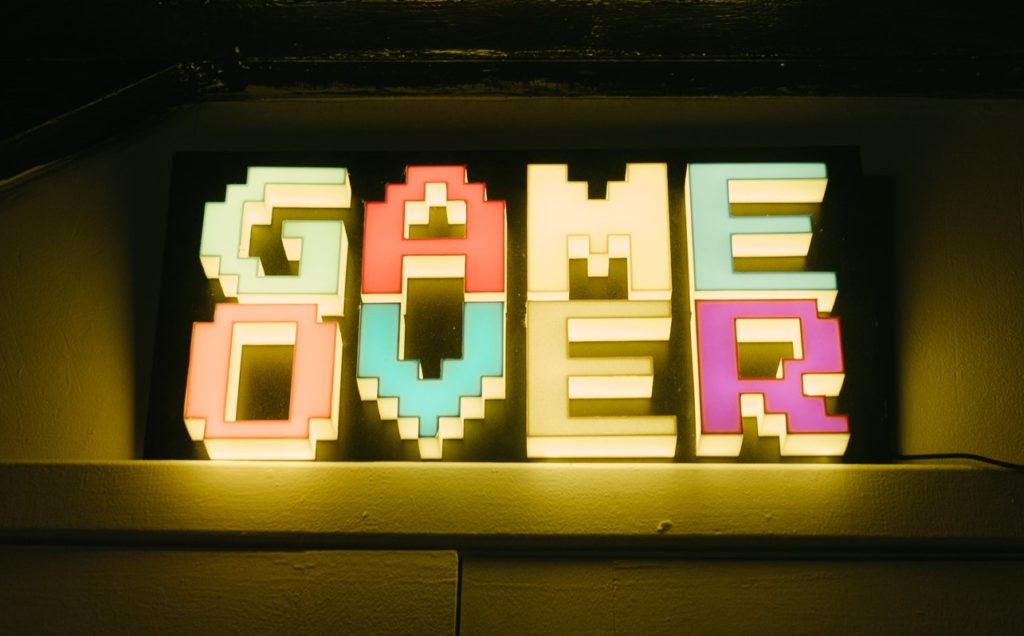Table of Contents
“Why is it that you can memorize the names of 150 Pokemon, but you can’t remember this 10 word spelling list?!” This frustrated mother’s question may have a familiar ring to many a frustrated parent or teacher out there.
Kids seem to be able to learn vast amounts of seemingly useless information on video game characters and mechanics, yet will doze off at a teacher’s best attempts to make their lessons engaging and interesting. The research based teaching strategies in this article will help teachers stop making several common mistakes in their lesson planning and help them to help their students learn the way their brain was designed to in an effective yet enjoyable way like video games have been doing for decades.
Why are video games often more successful at teaching students information than teachers in a classroom? Teachers design lessons that focus directly on learning objectives, but therein may lie a secret mistake many teachers may be making.

The New Research
Students are often told that they need to focus on what they’re learning and try their best to remember information for the upcoming test through note taking and other study strategies. This seems basic good classroom practice, but could this learning focus in the classroom actually be a hindrance to the learning itself? Research into gaming says that paradoxically can sometimes be the case.
A study on participants’ ability to memorize certain image features found that “contrary to common belief, attention limits the degree of plasticity induced by repeated exposure to image features.” (Gutnisky et al.) This means that when participants focused on one specific feature, the flexibility of learning new features was limited. While participants showed greater ability to do the specific task when guided, this guidance acted as a crutch.
When removed, participants were less able to independently discriminate differences even in areas where they had previously received guidance, let alone with features they hadn’t been guided to focus on before. Unguided tasks required participants to passively take in the entire picture before being able to answer, rather than just narrowing in on the one aspect told to them.
Teacher Takeaways Video Game Designers Utilize

The first of these research based teaching strategies seems counter-intuitive. How does a student learn something if they don’t pay any attention to it? That isn’t quite what the study is saying. The researchers found that participants were able to learn a specific feature when their attention was focused on it beforehand, but their transfer of that learning to more complex and generalized situations was significantly less than those who were focused onto the one aspect.
So, when a teacher focuses on students learning one thing, memorizing multiplication tables for example, the student may get better at that one thing, but their ability to understand what that multiplication means in the real world may be hampered by focusing only on the simple goal.
The researchers suggested that passive exposure be considered “complementary to practice-based learning in that it reduces constraints on generalization.” (Gutnisky et al.) If teachers can allow students to learn through exposure as well as instruction, students will be better able to use information learned in a variety of contexts.
Let’s use the video game model to understand the first of these research based teaching strategies better. Imagine if in Pokemon, instead of finding companions and battling to be the best trainer in the world, the game started up and told players to memorize the first 10 Pokemon, their classes and evolution trees with flashcards for an exam next Tuesday.
Suddenly, this research doesn’t seem so unintuitive. Video games add an enjoyable context to explore the new information rather than just being a task done to achieve a specific learning goal. In this context, players have far more abstract goals like “capture Pokemon”, “defeat trainers” and are given minimal direct instruction which encourages players to just jump in and learn as they go about which abilities work best when or which Pokemon to choose during a specific battle. This way, players learn about all aspects of the game simultaneously, and immediately put that learning together into a practical application for a non learning based goal.

Obviously, however, games aren’t without goals. In fact, video games are almost entirely goal based tasks! So what is the difference between giving a goal of “collect Pokemon” and “defeat other trainers” vs “learn which types of Pokemon are most affected by fire based attacks” or “memorize which Pokeballs are the most effective” when they both sound quite similar? The difference is that one is about doing something whereas the other is just about learning information.
Learning isn’t useful or interesting to the brain unless it is applied in the doing of a task. “Defeat trainers” isn’t a content based task, but instead an abstract goal where the user must figure out which content to learn in order to complete the task, such as knowing which Pokemon are most affected by your fire type Pokemon abilities.
Similarly, the goal of “collect Pokemon” seems like it gives the player less help, but therein lies the secret. In order to complete the abstract, skill based goal of collecting Pokemon, the user will naturally have to understand the content of which Pokeball to use, negating the need to have a specific goal designed around memorizing the types of Pokeballs, which isn’t fun. Giving students skill based tasks to complete where they will need to learn content is far more effective than giving them content based tasks where you hope they will learn skills.
More Research on Video Games and Learning
In addition to presenting the player with an explicitly fun environment to practice their skills, games also provide immediate feedback to players about how they’re doing by taking life points, adding score, a game over screen, or through various other methods of reward and punishment devised by gaming companies. Researchers from Carnegie Mellon University studying how students learned foreign languages in a video game setting found that “temporal coincidence of cues, irrespective of their relationship to a task, can generate intrinsic reinforcement signals”. (Lim, and Holt)
This means that when participants were immediately alerted to their mistakes and instantly rewarded for their successes, their learning was reinforced more strongly. This makes sense with what we know about the dopamine reward pathways and classical conditioning. In the end This is really just research we already know, but in a new context.

Research Based Teaching Strategies Learned from Video Games
Too often, teachers focus on paper testing that they take from the students, mindfully grade, and then return to the students several days (or weeks) later. This research should show the shortcomings in that sort of student feedback. While mindful written feedback can be helpful to students if truly reflected and acted upon, students need class activities where they are immediately aware of whether their answer was right or wrong in order to make that fast connection between action and reinforcement.
This can be done through class discussion, but also through games the teacher designs. Just remember that if you design a game, the score should be given out immediately, not tallied up individually afterwards!
This second of the research based teaching strategies utilized the fundamental psychology of Pavlovian conditioning which explains the relationship between stimulus and reward in the brain and how it is used to learn new behaviors. The brain learns best when it immediately understands when a mistake has been made.
While this doesn’t mean that the teacher should hound the student and critique every mistake they make, the setting of a game allows for the student to get depersonalized feedback. While still sometimes difficult for some children to hear, it is less stressful to lose a game than to get a bad grade. A grade feels like a permanent judgement on a students effort, while losing a game is something every gamer has experienced many times and doesn’t have quite the same sting.
Conclusion
Teachers can implement these research based teaching strategies based on the neuroscientific principles that make video games so enticing in their lesson plans to engage students in the same excited and self directed way. To do this, teachers should strive to have some activities where students engage with material in a fun context to learn rather than relying on traditional methods based on rote memorization.
Additionally, whether a more traditional activity or something more gamified, teachers should try to give students feedback as immediately as possible to help reduce the time between the behavior and the feedback on how they have done. While this shouldn’t be embarrassing for the student, the research shows that students need to receive some form of clear feedback as quickly as possible to best solidify their learning and make that link in their brain.
Want more like this? Make Lab to Class a part of your weekly professional development schedule by subscribing to updates below.
References
Gutnisky, D., Hansen, B., Iliescu, B. and Dragoi, V., 2009. Attention Alters Visual Plasticity during Exposure-Based Learning. Current Biology, 19(7), pp.555-560.
Lim, S. and Holt, L., 2011. Learning Foreign Sounds in an Alien World: Videogame Training Improves Non-Native Speech Categorization. Cognitive Science, 35(7), pp.1390-1405.




